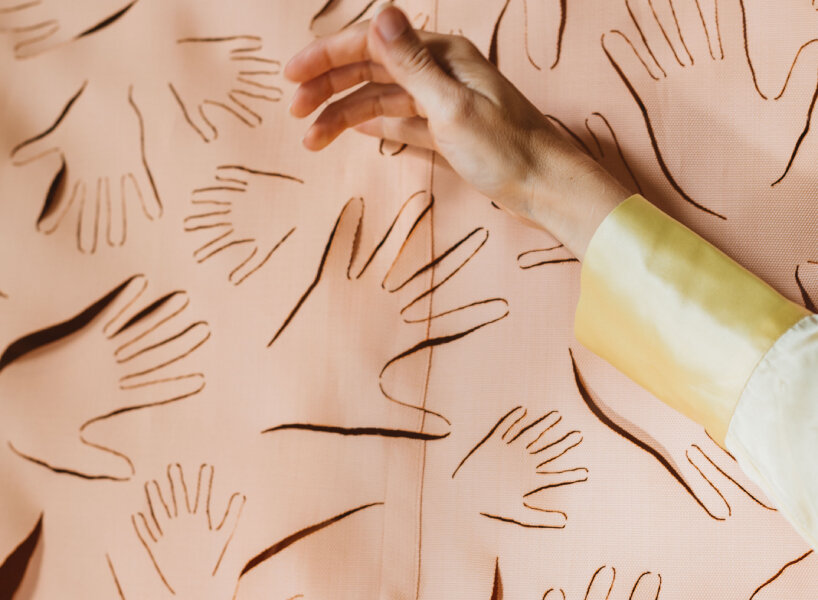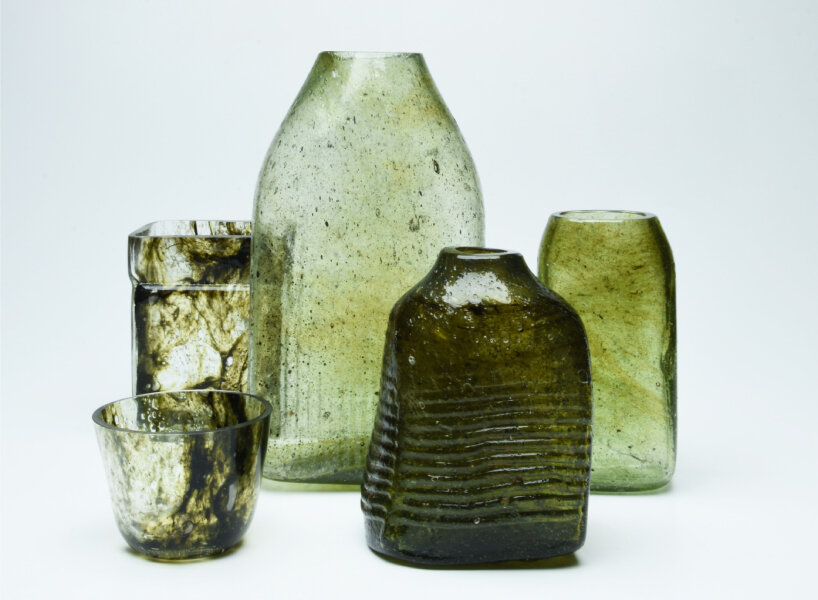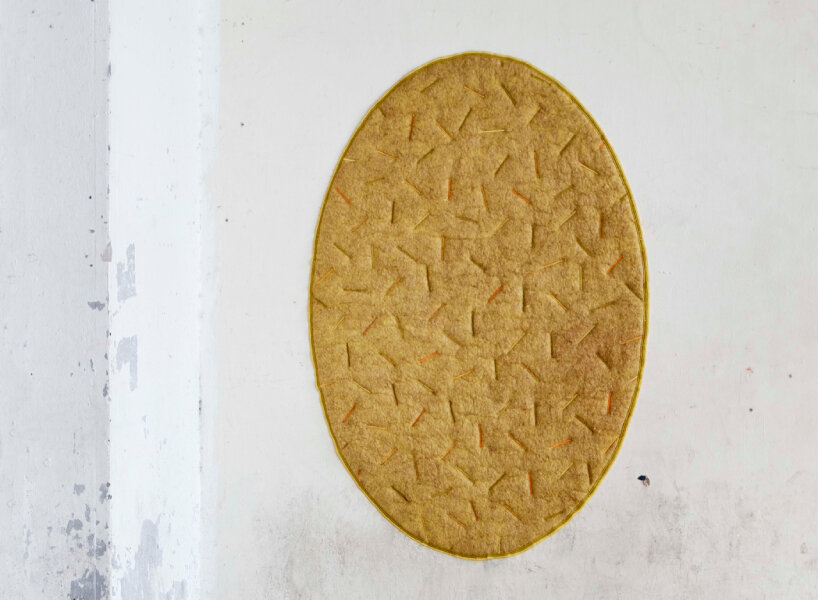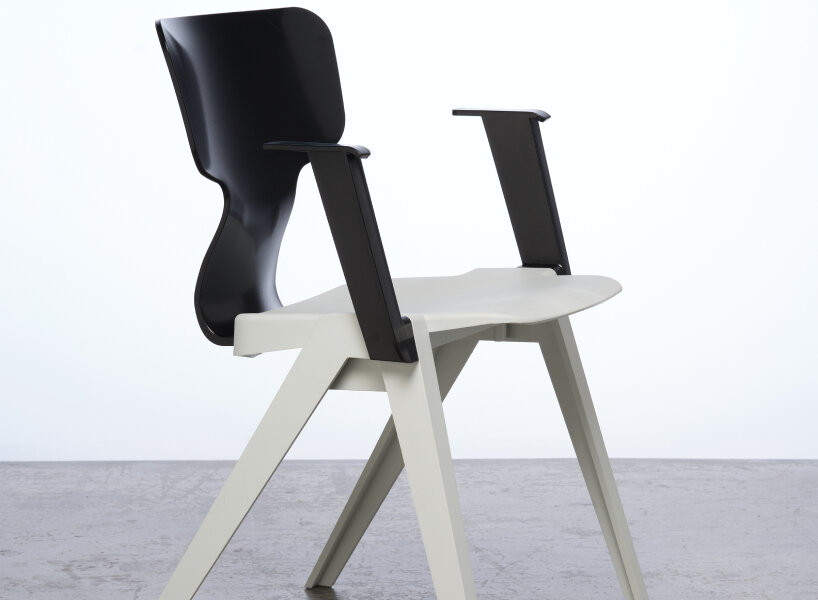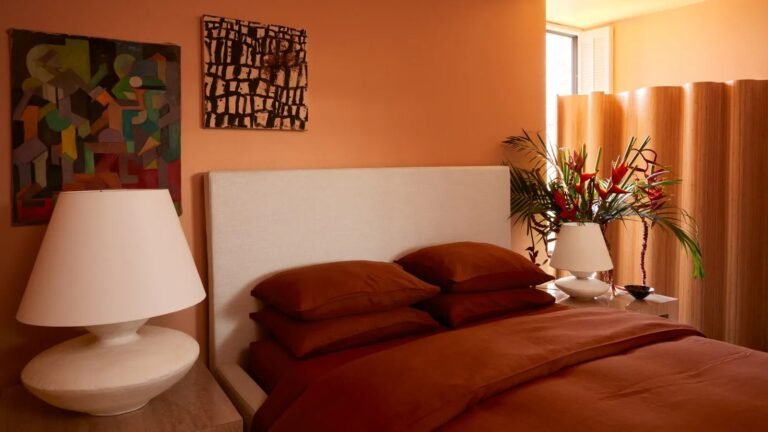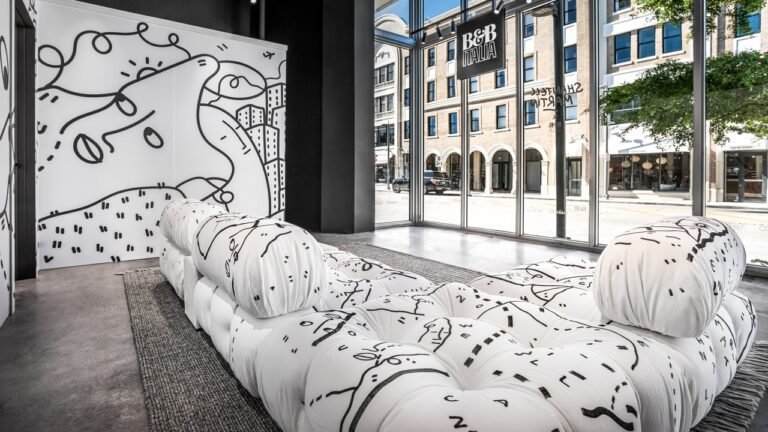‘it’s our f***king backyard’ urges people to rethink climate crisis and justice
At The Stedelijk Museum
The Stedelijk Museum introduces the exhibition ‘It’s Our F***ing Backyard,’ a show with eighty selected projects by designers and companies from all over the world shedding light on climate change and how artists have explored the uses of materials. The exhibition also looks at how soil depletion relates to practices of colonialism by drawing on ‘forgotten’ knowledge. The designers of the show recycle waste materials to transform them into home products made from raw sources found in nature.
Design studio Bentu, for example, produces furniture from ceramic waste. Tamara Orjola manufactures textiles from pine needles. Basse Stittgen came up with tableware made of cow blood. Claudy Jongstra introduced medieval natural dye recipes into Viktor & Rolf’s fashion designs. Seok-Hyeon Yoon used the traditional ottchill lacquer technique to make recyclable ceramics. Maartje Dros and Erik Klarenbeek experiment with diatoms (micro-algae), which bind CO2, to make glass. Other projects focus on energy generation, loan economy, and how one’s actions leave imprints on Earth.
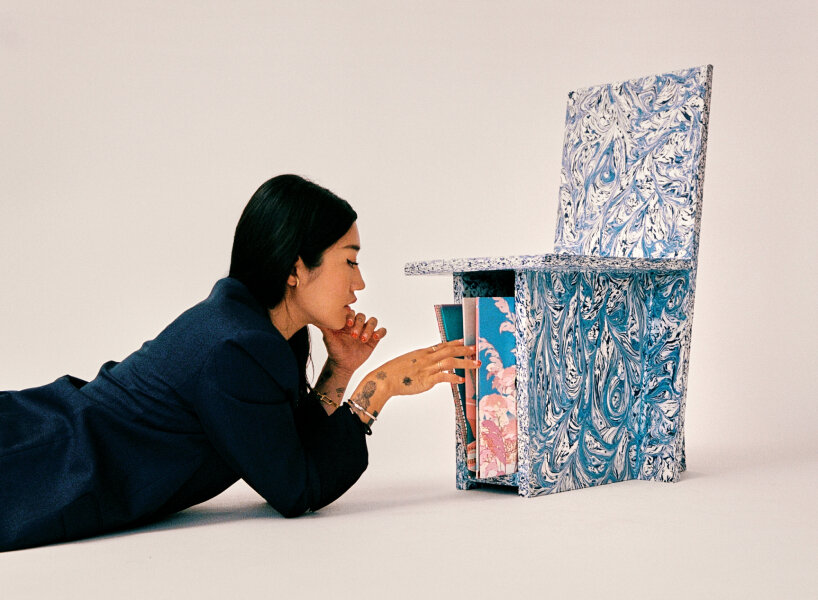
images by Stedelijk Museum
Designing climate action
Rein Wolfs, director Stedelijk Museum shares that designers are increasingly tapping into their creativity to address social, political, and environmental issues. He believes that their approaches encourage the auidence to rethink ways of using materials to reduce one’s impact on the planet.
‘Designers look beyond current technology and show us ways in which we can produce and consume better and pollute less. This exhibition intends to make design at the cutting edge of ecology and innovation widely accessible. By doing so, we want to look at how the Stedelijk could support meaningful climate action, highlight the crucial role that design can play in our society, and help towards making deep, transformative changes. For us, as an institution, it also represents an ongoing and renewed call to action; like every organization, we are also addressing ways to reduce our own carbon footprint,’ he shares.
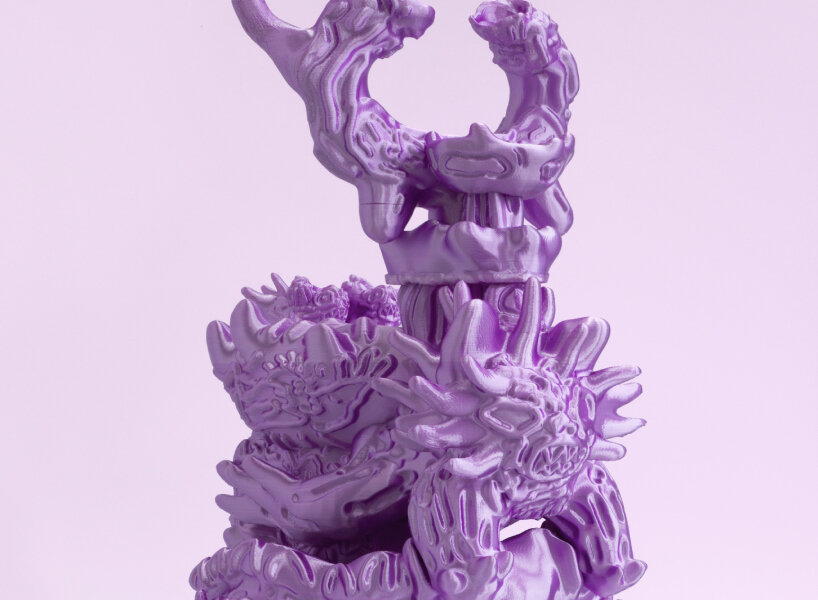
Climate change in society
Exhibition curators Amanda Pinatih and Ingeborg de Roode echo Wolfs reflection by sharing that ‘the first global climate strike in 2018 reflected a growing awareness that we need to change our way of life. After small-scale initiatives at the end of the last century, more and more is happening in the world of design. This exhibition shows how, through creative practices, makers and manufacturers can provide a host of new possibilities, and how consumers can play their part through the choices they make. Climate change concerns us all. It is happening in our own backyard.’
